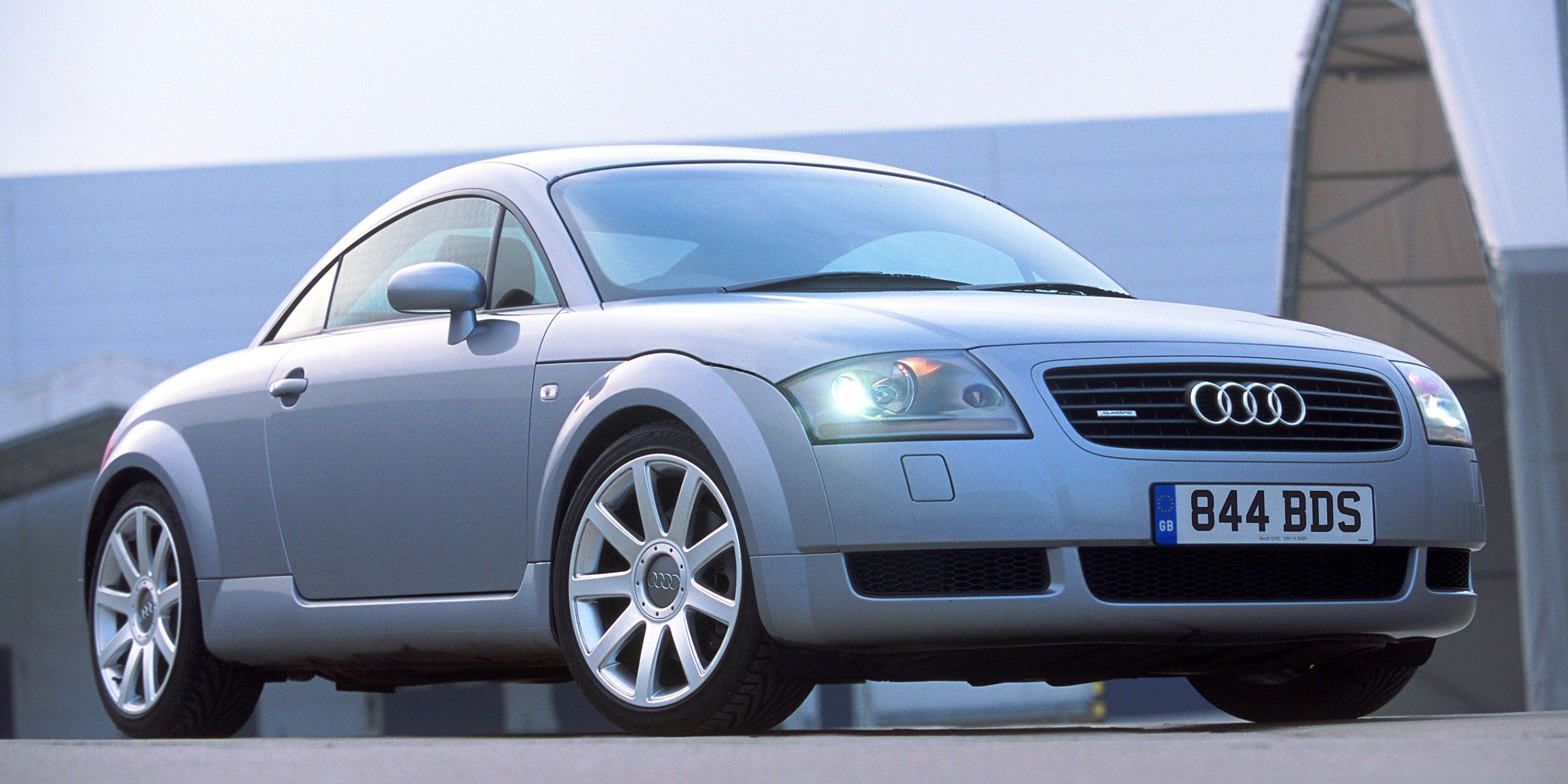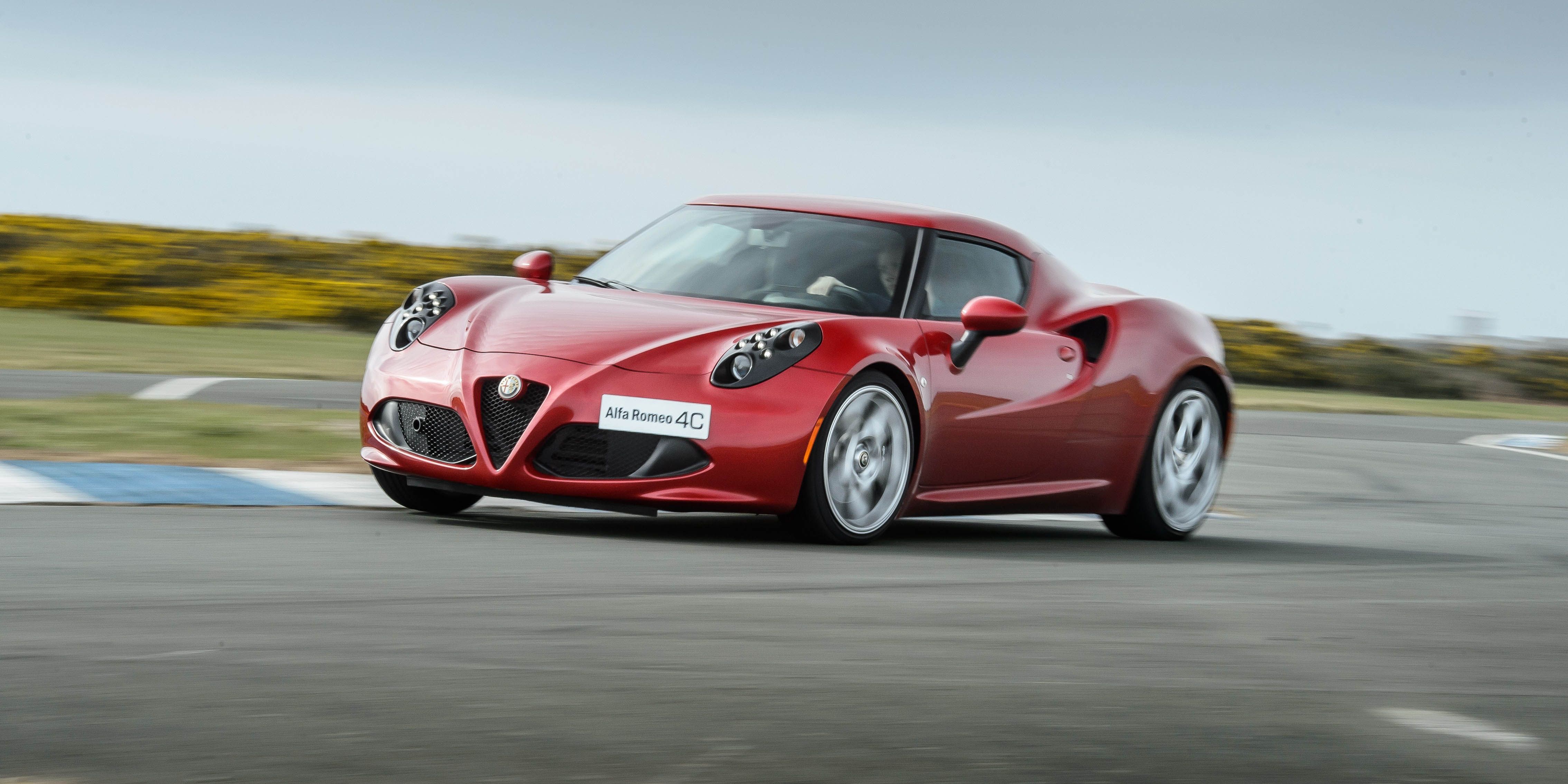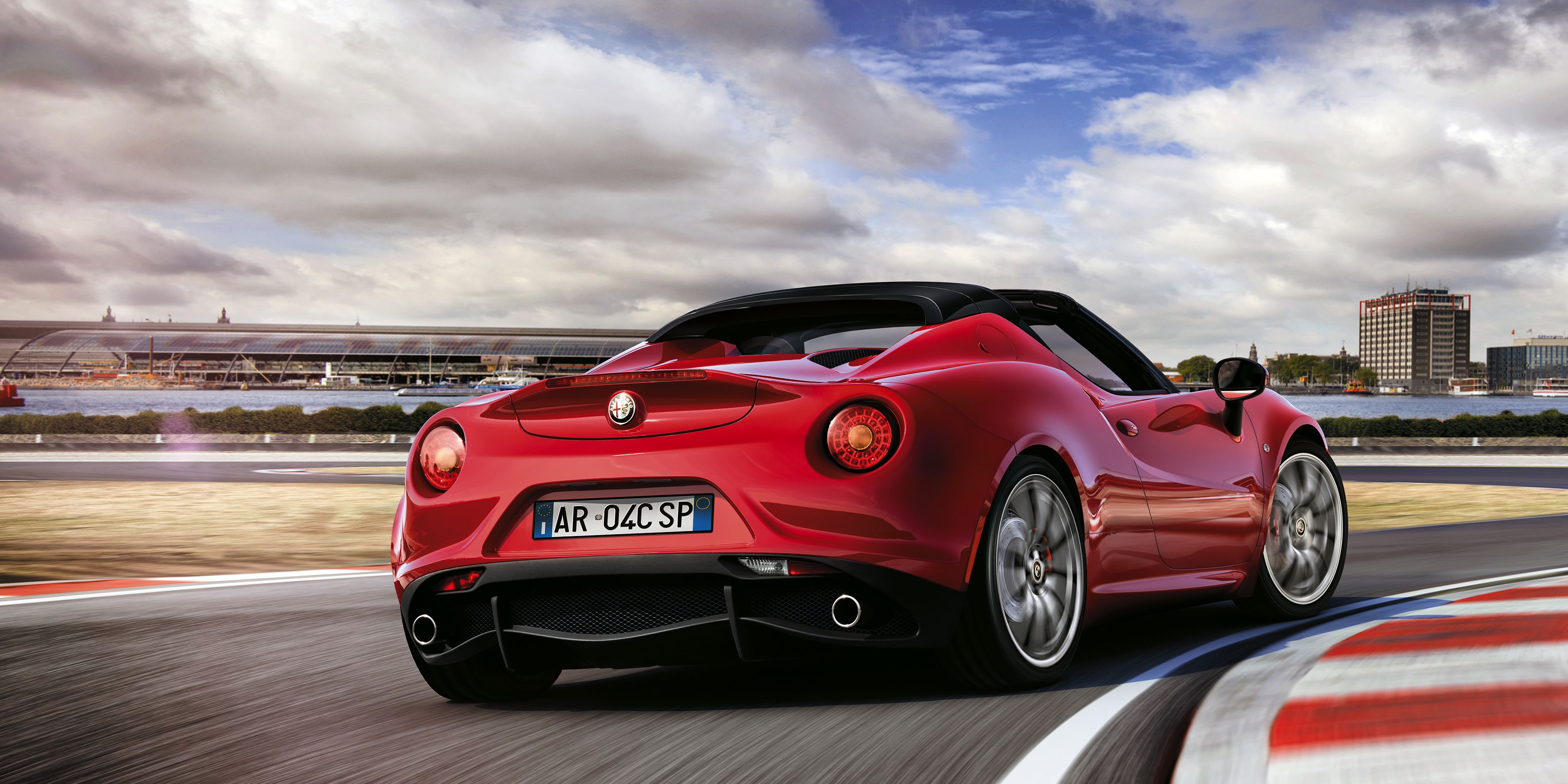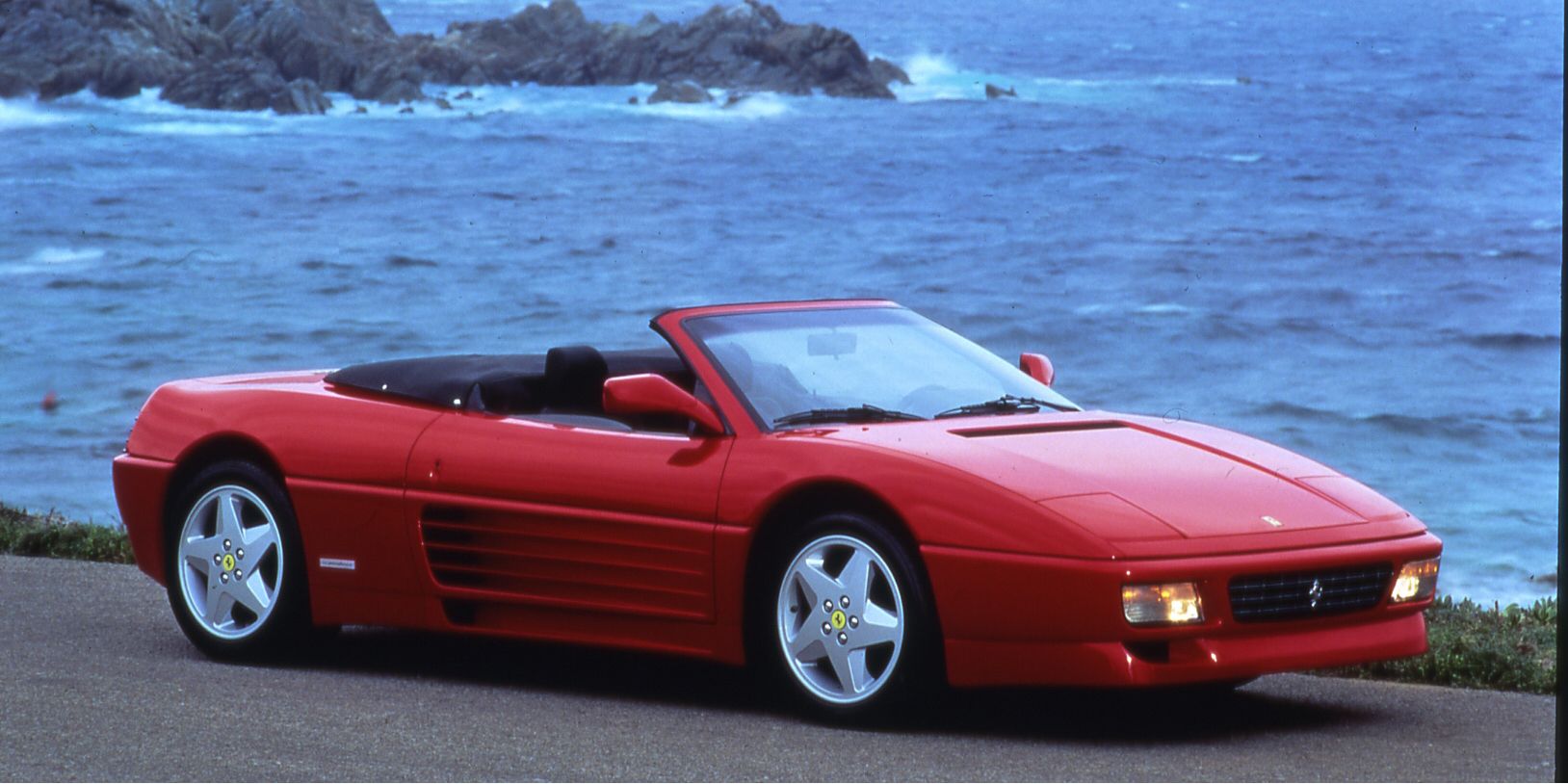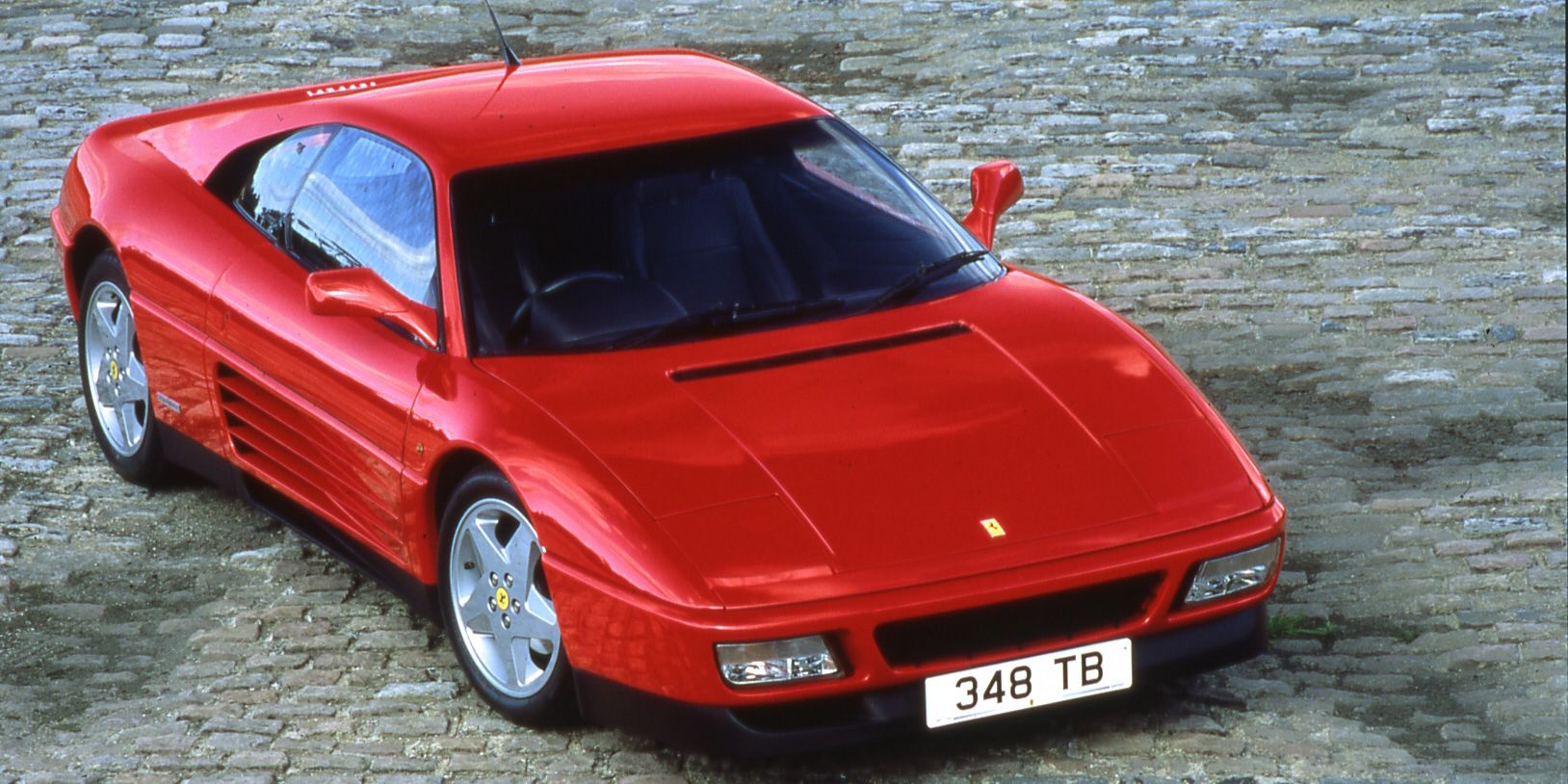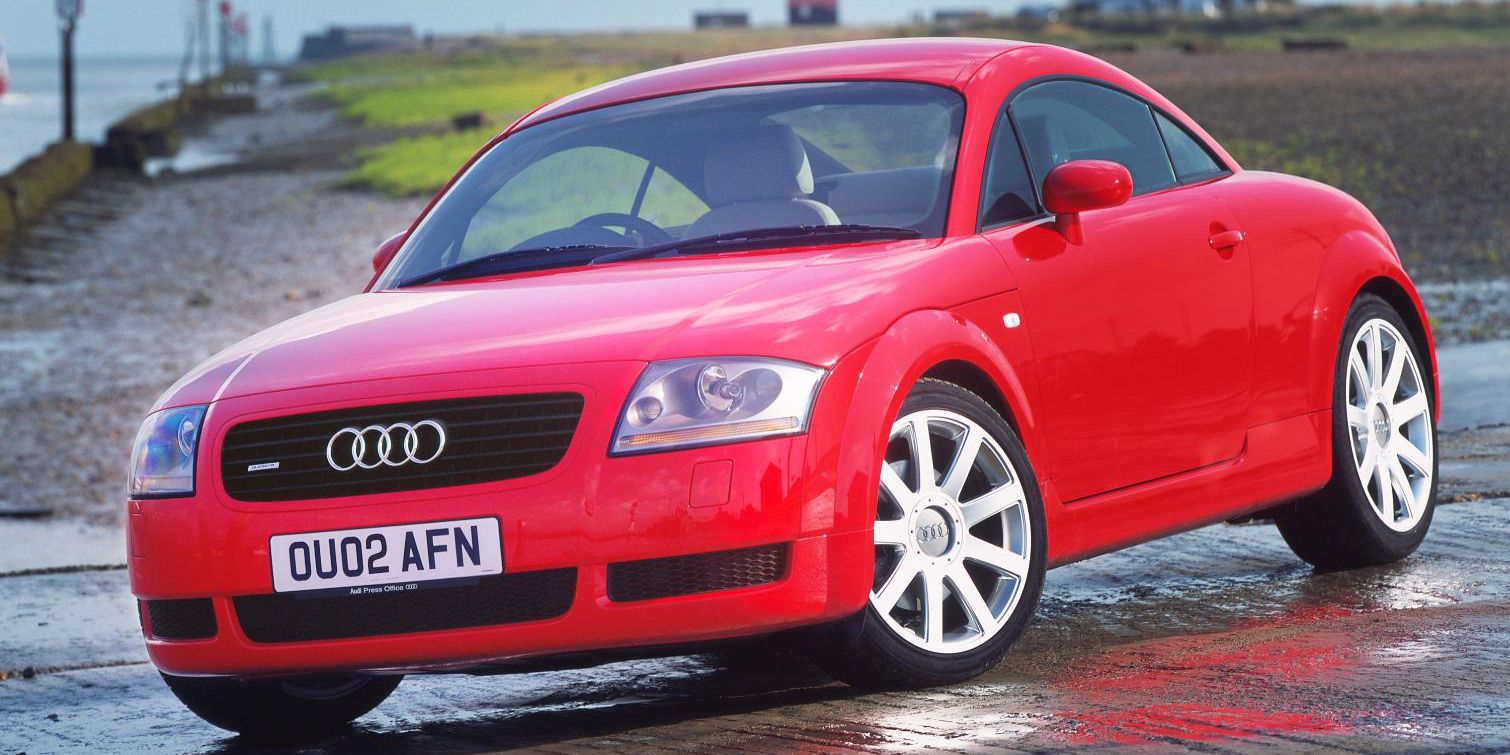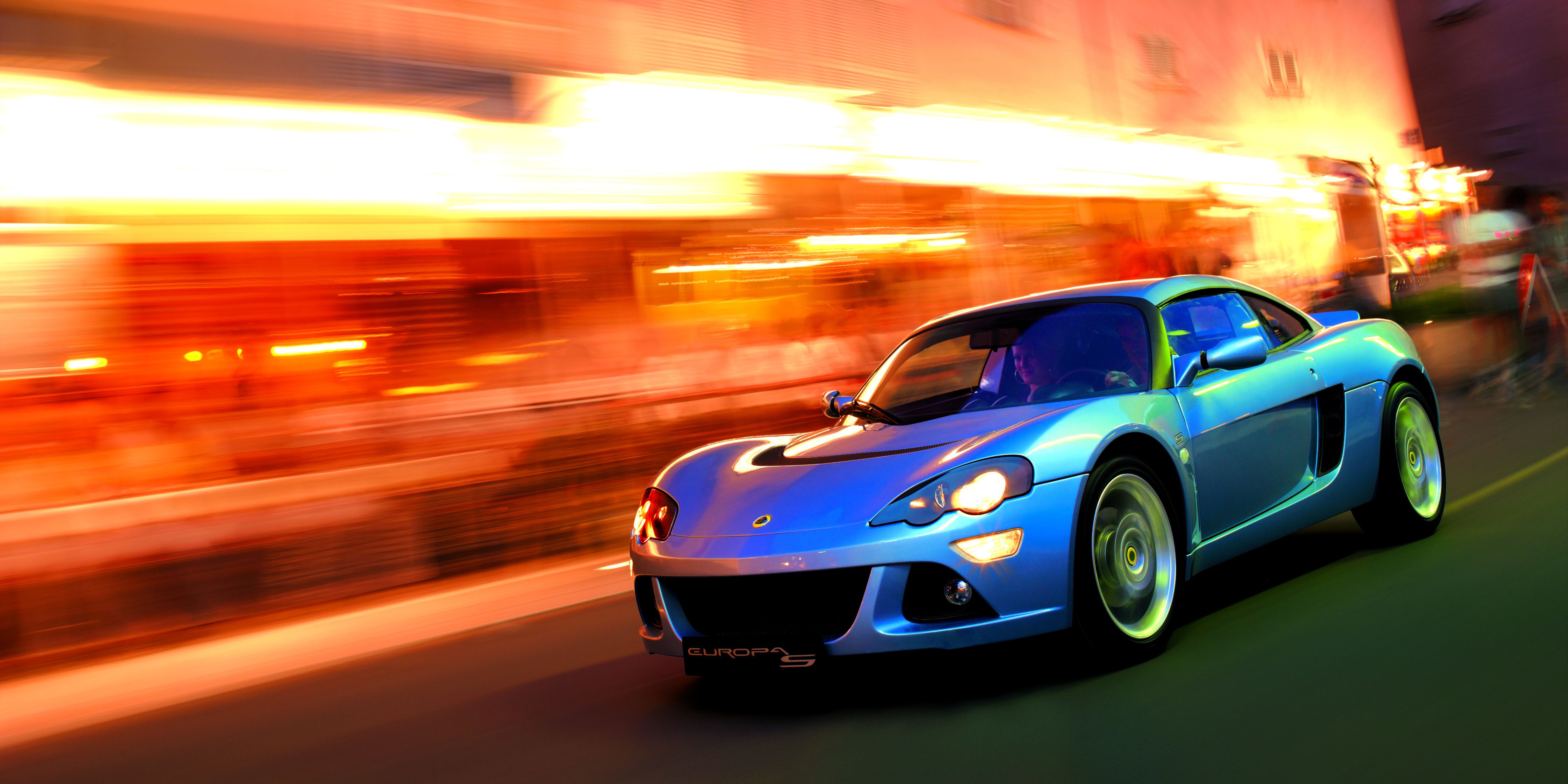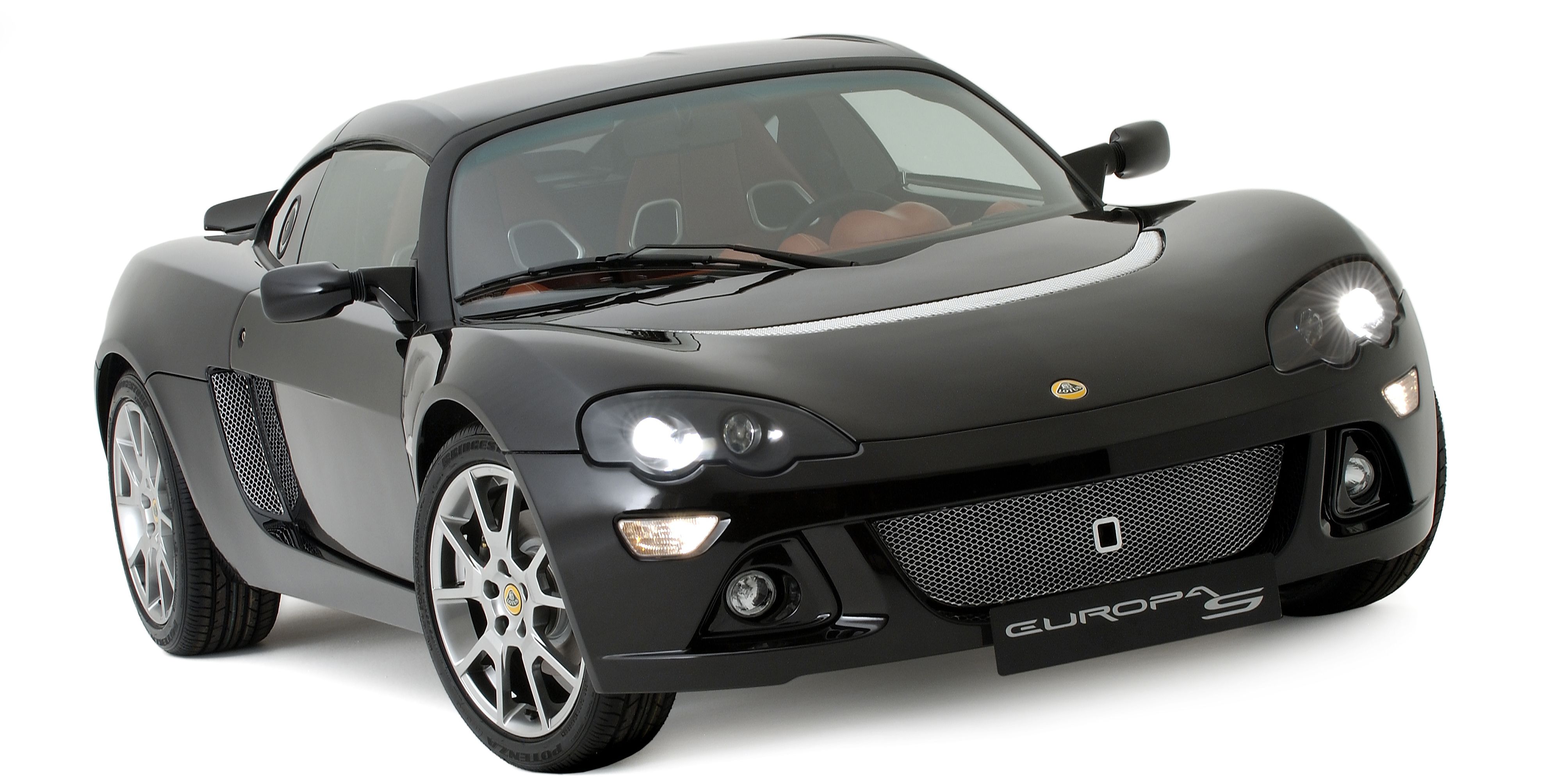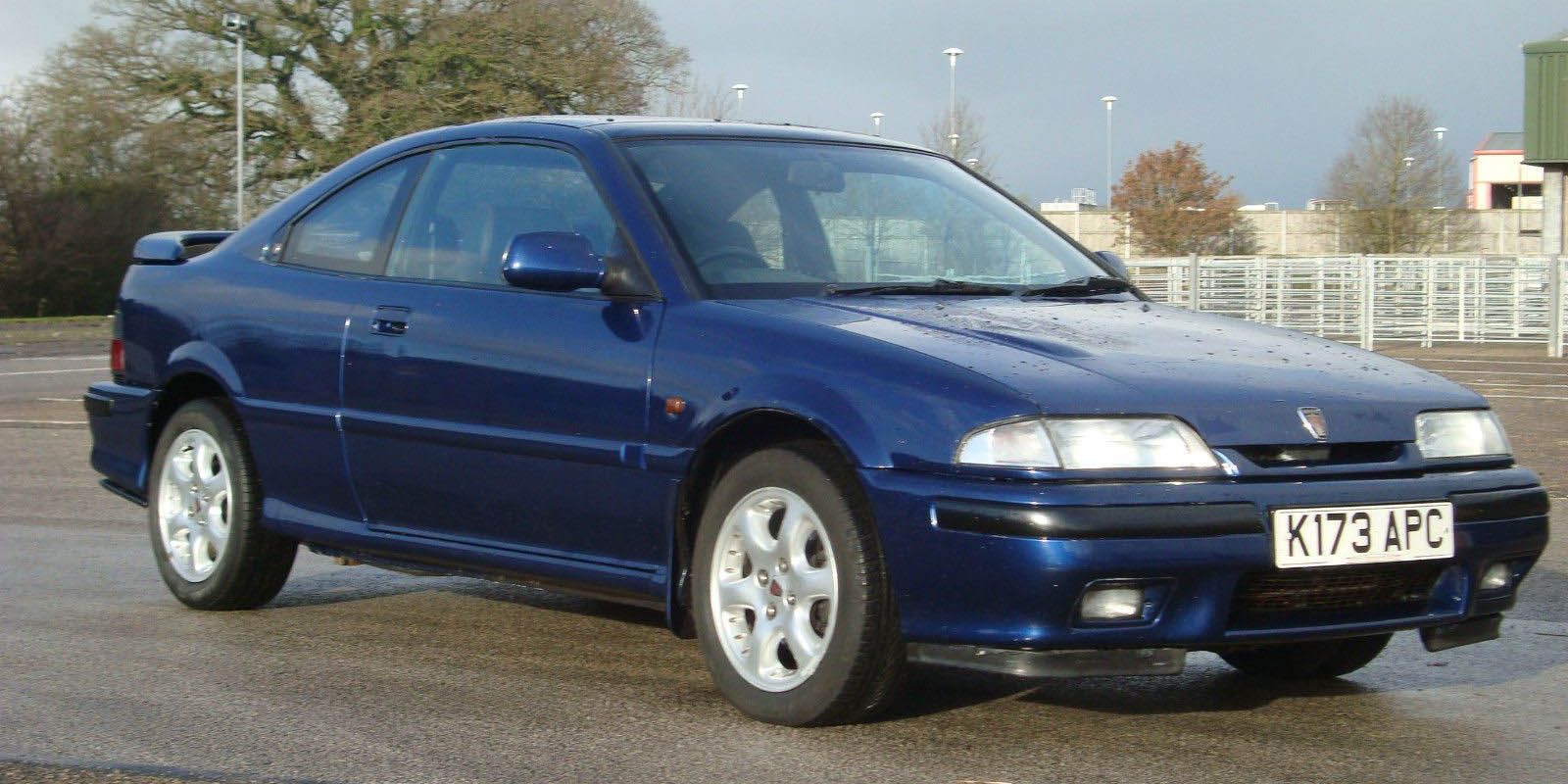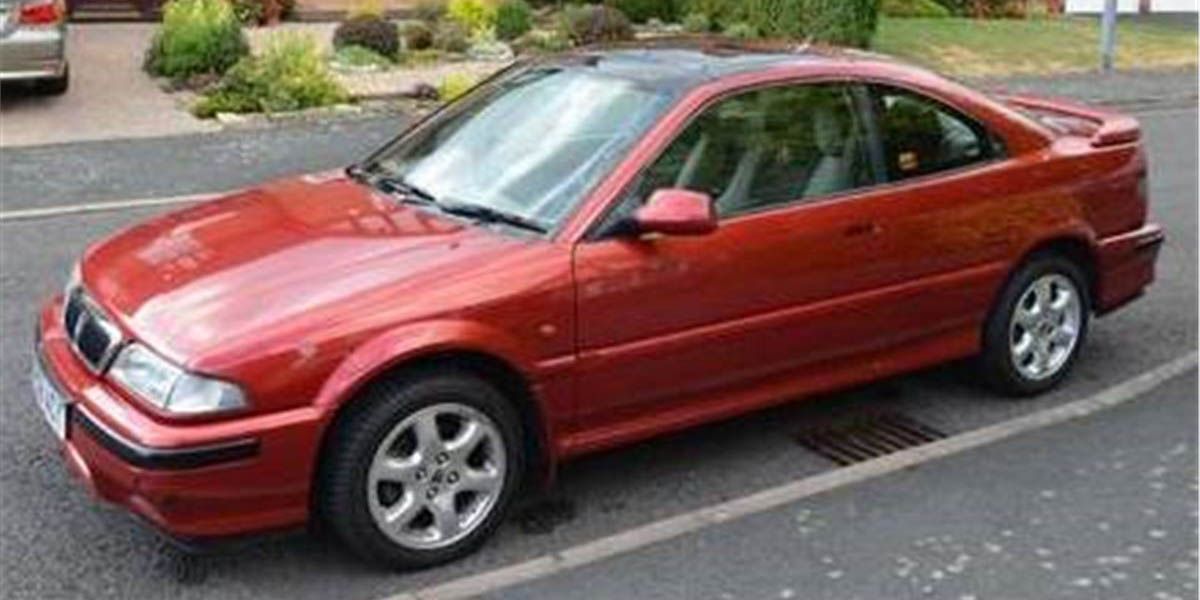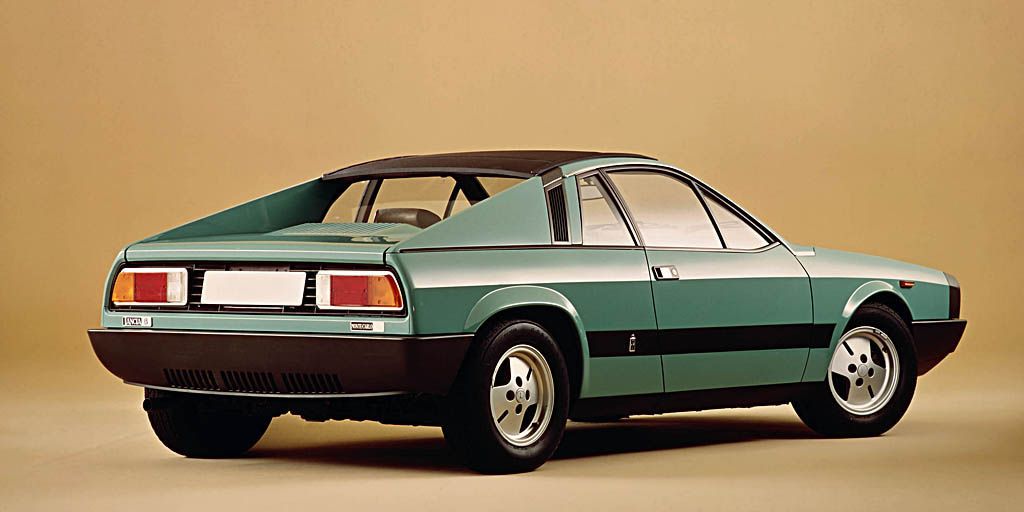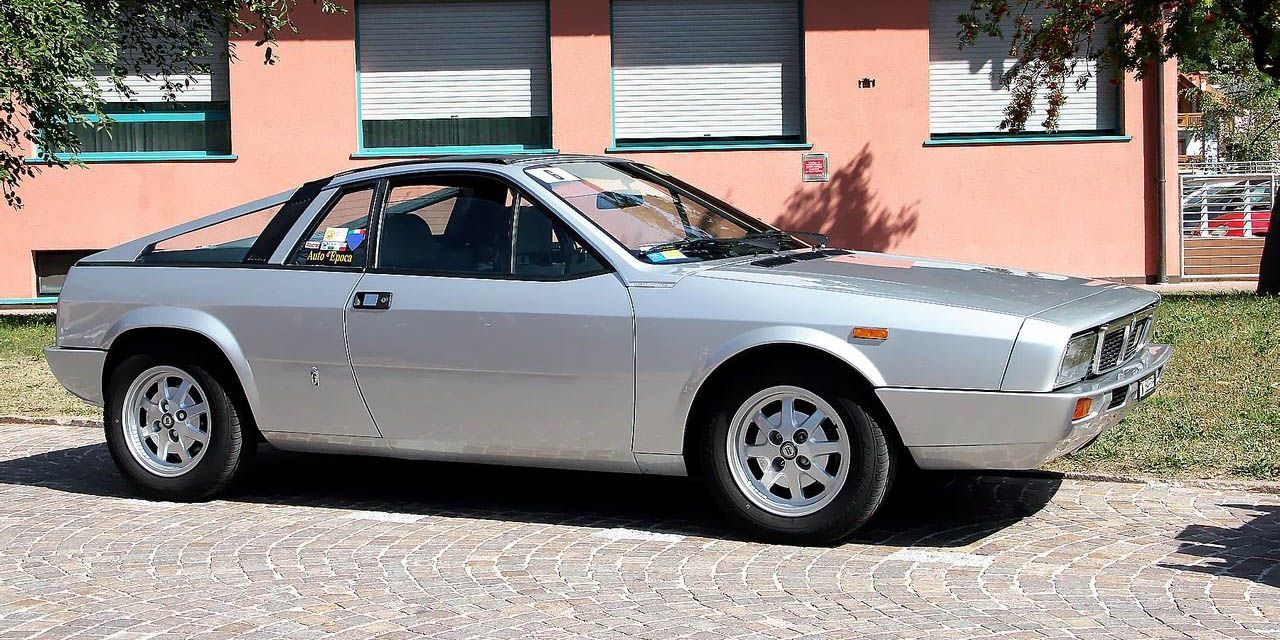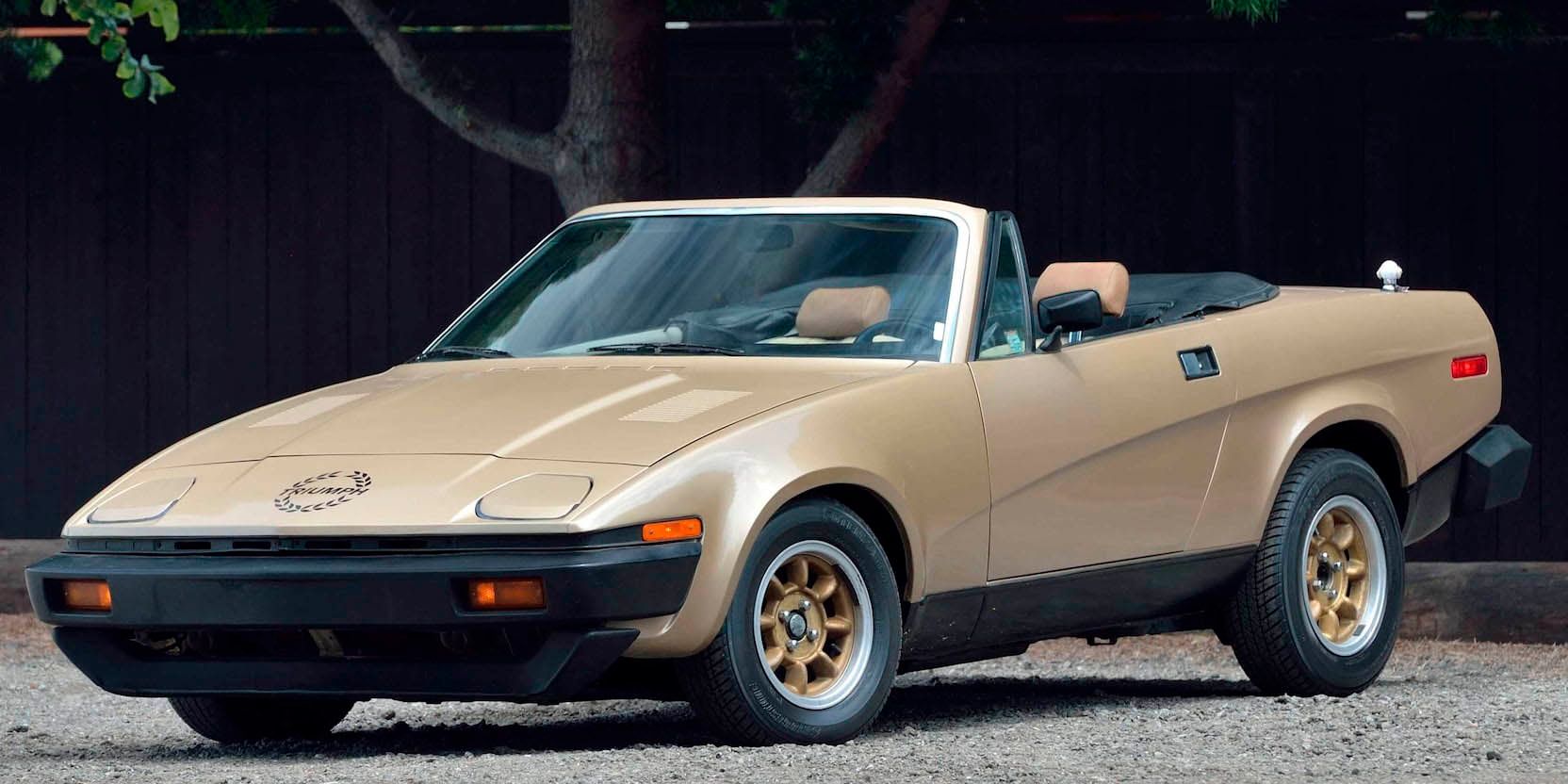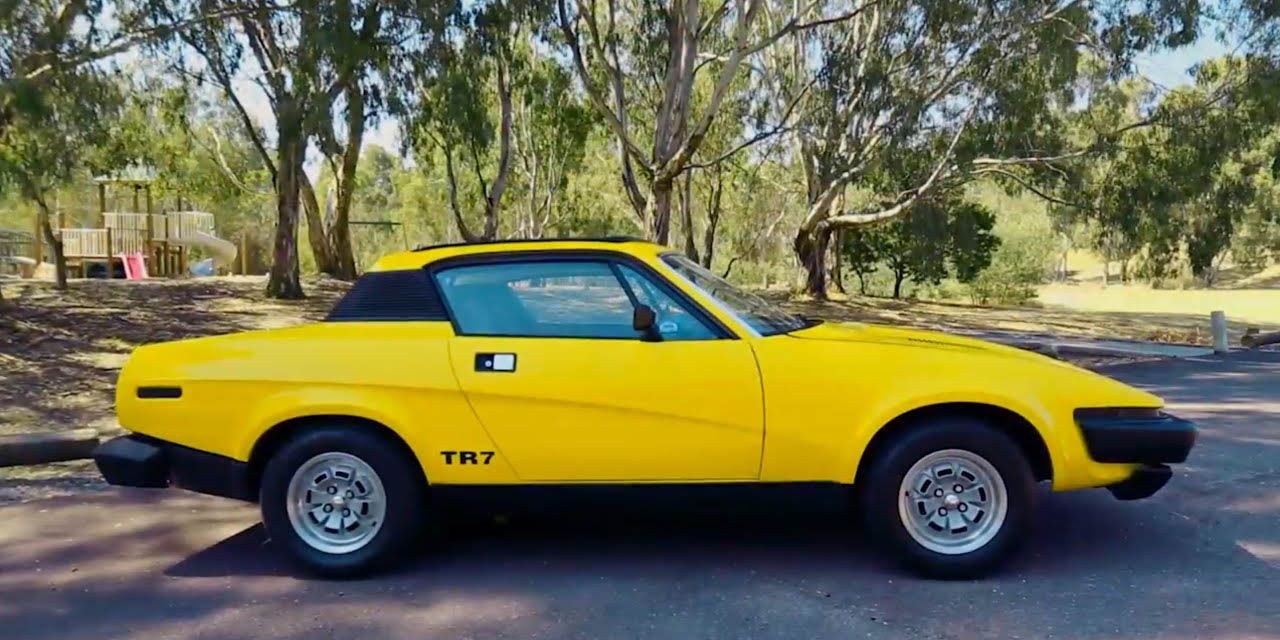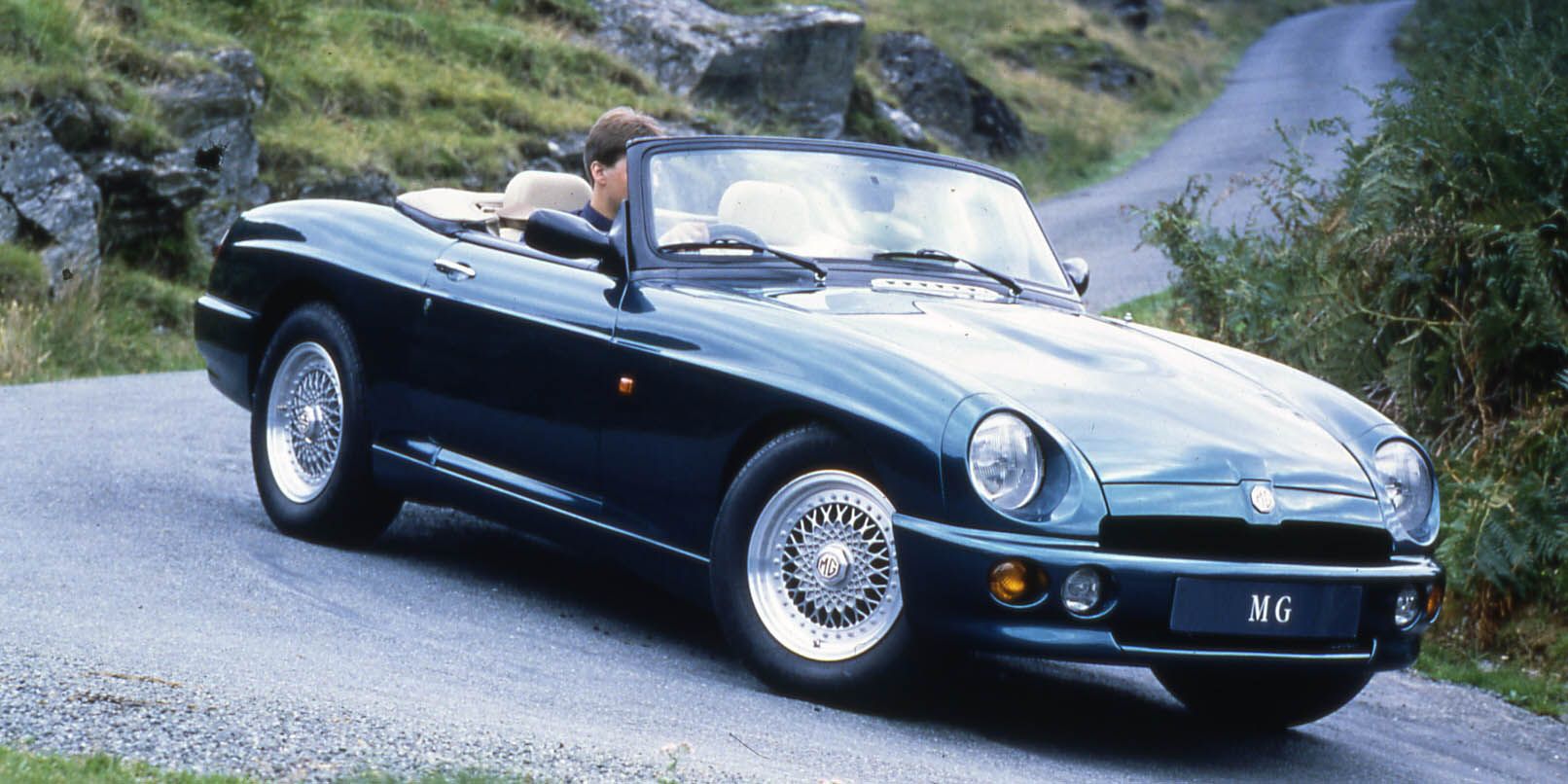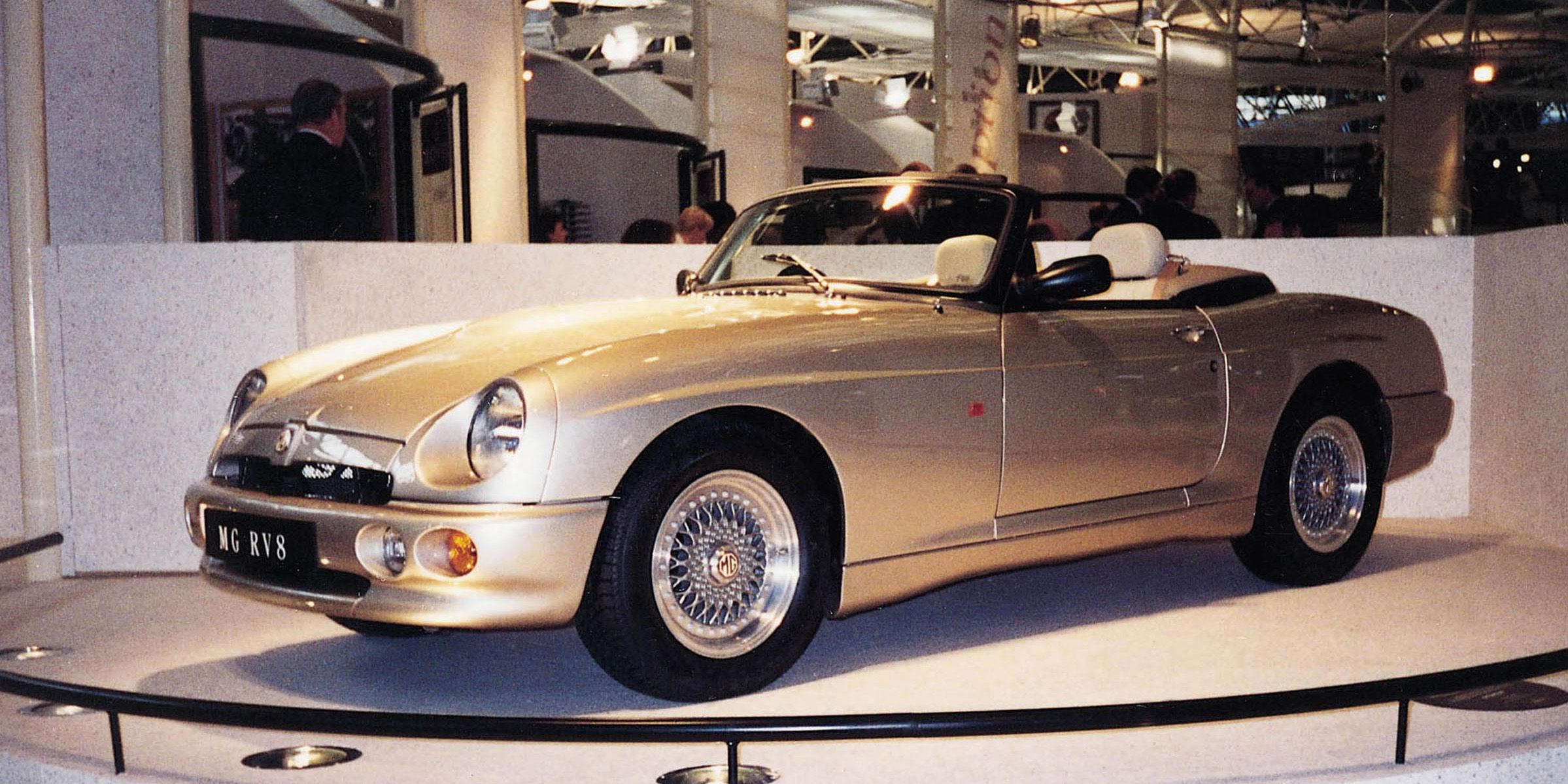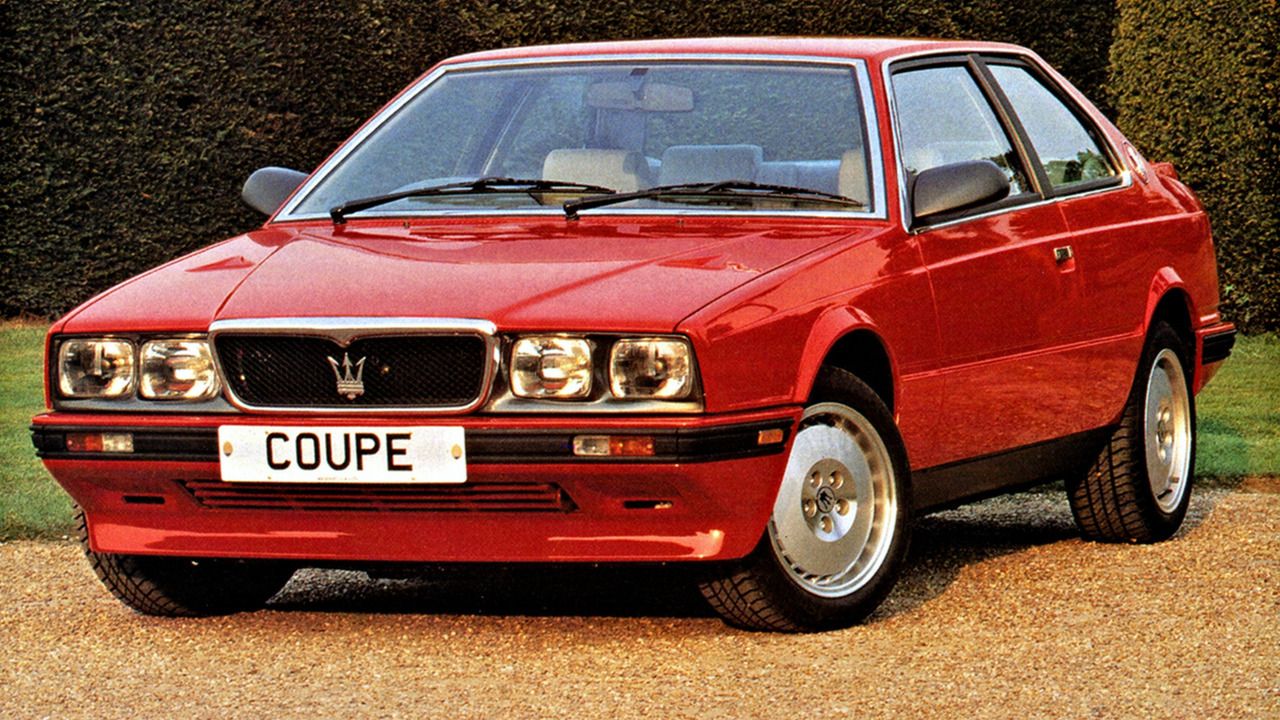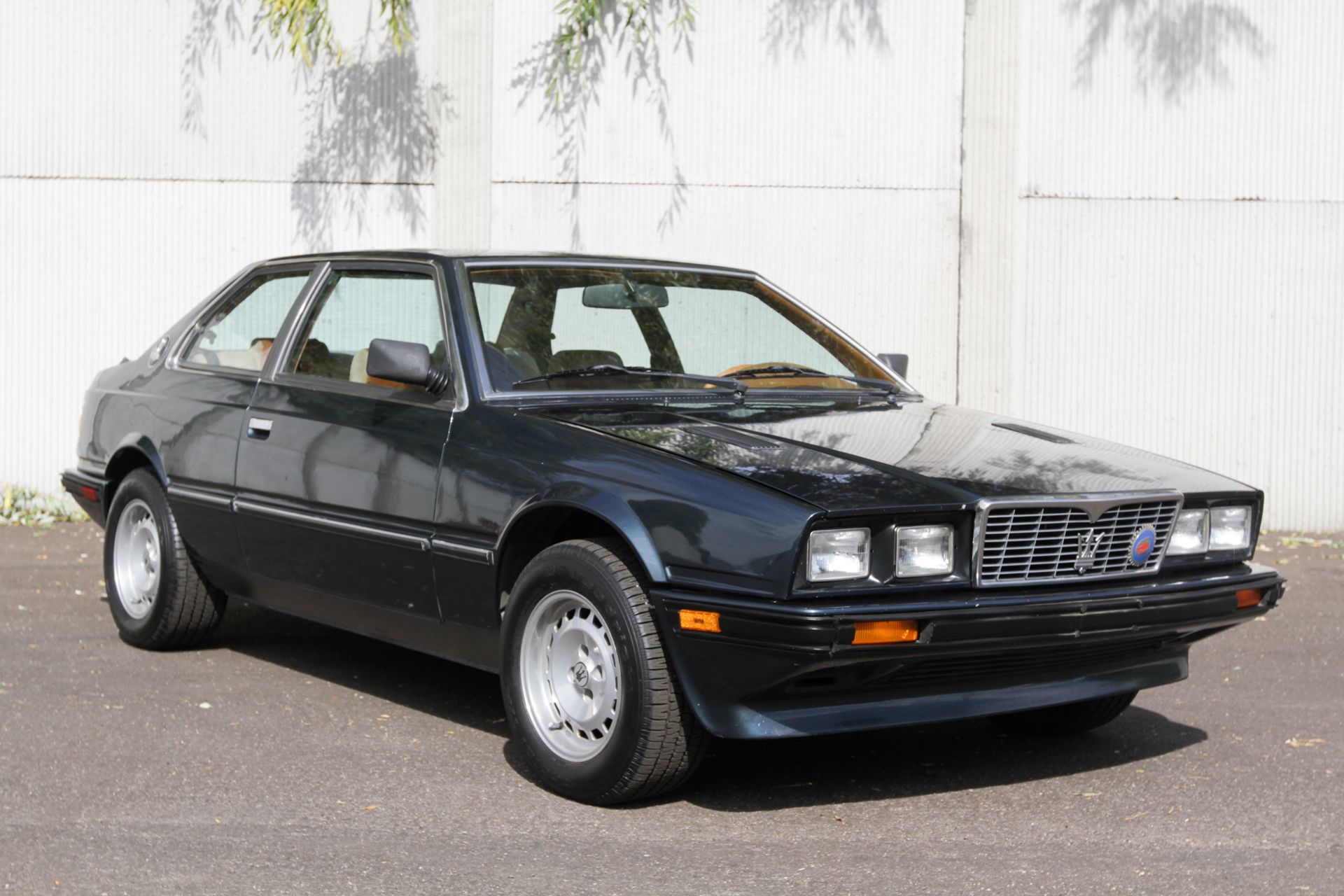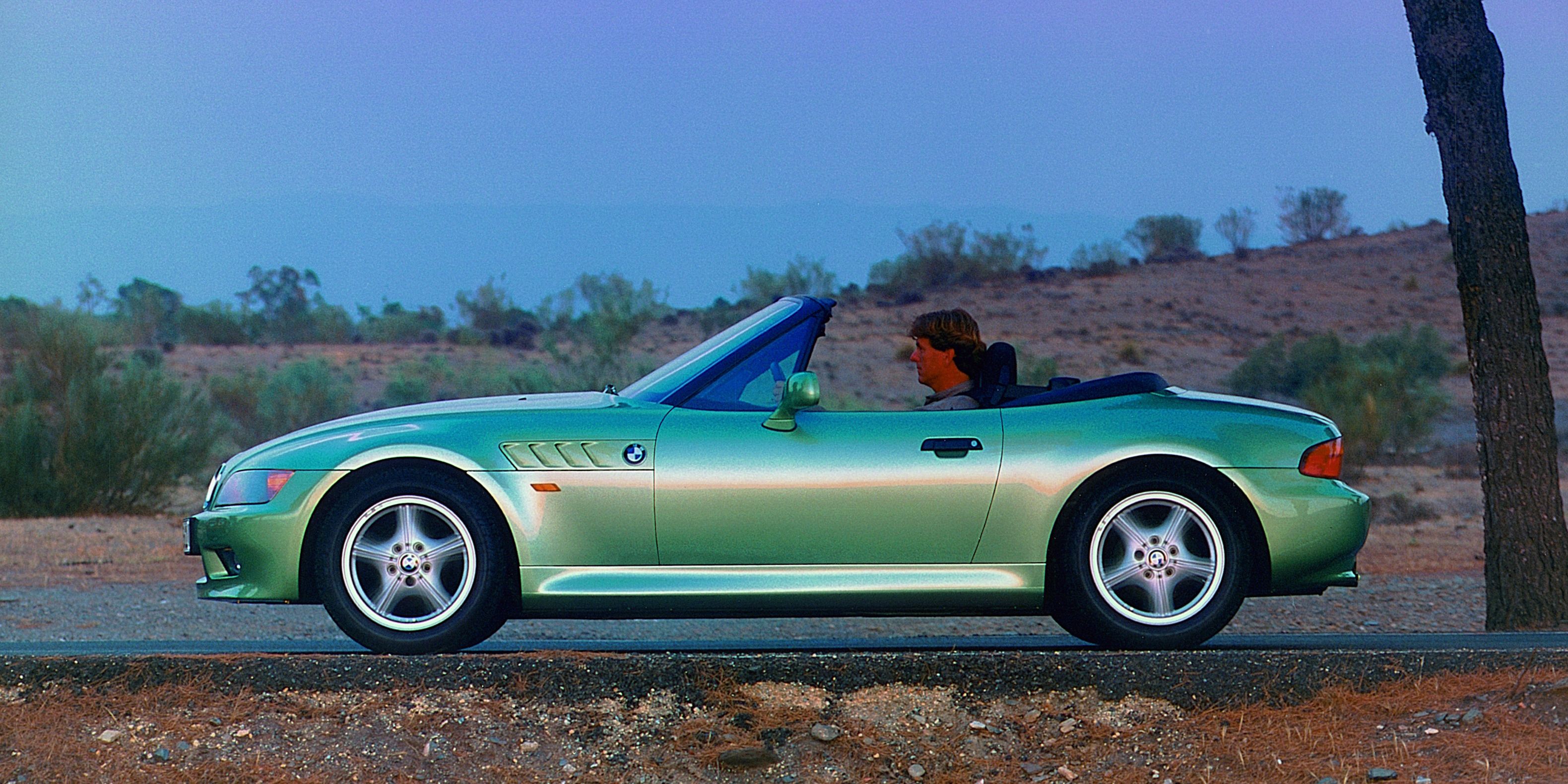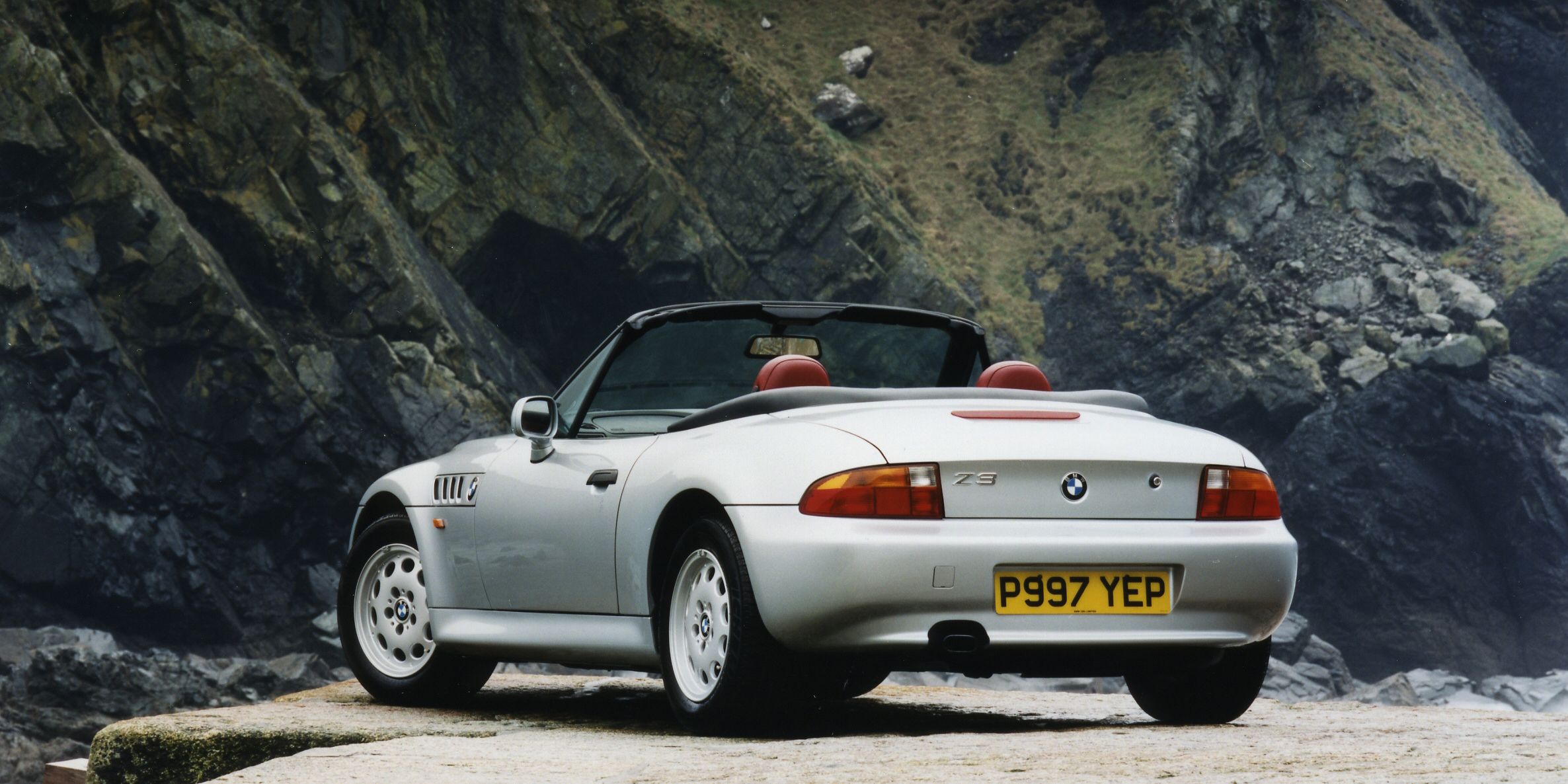The domination of small British-made sports cars throughout the 1950s; the emergence of power-crazy Germans from the 1960s onwards; even the odd yet memorable input from the French plus the near consistent excellence from the Italians – in short, the Europeans know how to make a good sports car.
There are European sports cars however that are best avoided. Every company can miss the mark. Some European cars have clear design faults that put people off at launch, others made them so badly they fell apart. The point is, no matter how many icons a brand made, it does not mean they are infallible.
10 Alfa Romeo 4C
A proper Alfa Romeo sports car for the 21st Century should have been amazing. With a carbon-fiber tub chassis and low weight of just 2,315 lbs it surely should have rebuilt the image of Alfa Romeo after nearly a decade adrift. It even came to the US for the first time since 1995.
However, the end product was severely under-baked and disappointing. Numb, directionless steering was the first give away that this car was not as good as people had believed. Add in premature removal from the market and this car is a clear failure and should be avoided.
9 Ferrari 348
The mid-engined V8 family of Ferrari is a near royal lineage. Dating back to the dramatic 308 and now boasting F8 Tributo, it holds some brilliant supercars. The 348 however was not one of these. With a dangerous ability to snap oversteer, it was nowhere near as well-balanced as other V8 Ferraris.
Honda also gave the car good hiding with the NSX, a supercar that could be used every day and could demolish a 348 on a race track. And it was cheaper. The F355 that followed the F348 was infinitely better in every regard and reaffirmed Ferrari's place at the top of the sports car hierarchy.
8 Audi TT
When first revealed as a concept in 1995 it was an attractive coupe and people fell in love with it. When Audi then revealed the production model looking almost identical to the concept it was a smash hit.
The main issue of the early models was the slippery styling may have looked lovely, but it could become very unsettled at high speeds. Some early owners wrote off their cars after discovering the unbalanced rear end at high speed. Audi had to recall the TT and add a spoiler to rectify the issue. In short, avoid any early TT missing a rear spoiler.
7 Lotus Europa S
The Lotus Elise was the no-excess sports car that many enthusiasts wanted. It was also very successful and remains one of the purest drivers' cars of all time. Part of the appeal is the bare nature of the Elise. There is nothing that adds unnecessary weight. The Lotus Europa that is based on the Elise however, does have these luxuries.
The problem with the Europa is that it was an oxymoronic iteration of the Elise. A lightweight sports car with leather seats added electronics and weight is never going to be a popular choice. It sold appallingly compared to the Elise and is best avoided.
6 Rover 220 Tomcat
This was a car designed to fight the Germans. Boasting nearly 200 bhp and costing less than £20,000 in the UK in 1992, it was a serious contender. It was quicker and offered more luxury for less money. It sounded almost too good to be true.
These cars had an awful reputation for dangerous turbo lag. Many spooled up at precisely the wrong moment and many a 220 ended up in a hedge or ditch. Especially when the claims of traction control were more PR speak than reality. It appeared the 220 Tomcat had not been refined before being launched.
5 Lancia Beta MonteCarlo
This interesting looking coupe could have been brilliant. But in typical Lancia fashion, there were a few major issues with it. The dangerous brakes that would lock up at the merest provocation for example. Lancia's 'clever' solution was simply to remove the brake servo which stopped the lock-up admittedly but made the brakes rubbish.
This car also helped destroy Lancia’s image in the United Kingdom. The steel (which is supposedly Soviet in origin) was a dreadful quality and would often begin rusting whilst the car was still under warranty. This lead to the phased removal of Lancia from the British market.
4 Triumph TR7
The Triumph TR range was once enviable. Early models offered tight handling and peppy engines before transforming into British muscle cars with the likes of the TR5 and TR6. Then this came along. A famous story surrounding this car and its challenged styling comes from the 1975 Geneva Motor Show. Famed car designer Giugiaro supposedly went to look at the new TR7 before exclaiming "My God! They've done it to the other side as well."
Whilst the styling may have mellowed with age, it cannot be considered a particularly good looking car, or one good to drive. Add in the terrible build quality that British Leyland (parent company to Triumph) were known for and the TR7 is best avoided.
3 MG RV8
A rebuilt MGB with a 3.9-liter Range Rover V8 isn't the most appetizing idea in the world. The basic chassis was 50 years old in 1992 and despite substantial upgrading, it would never be the best to drive, especially since this car was sold against the Mazda Miata. They were at least popular in Japan thanks to the retro styling.
Unlike the fantastic restomod offerings from Singer, the RV8 was a disappointing hark to the past and miserable to drive. The car was a cruiser more than a sports car but it still was an awkward car to drive. Cars had moved on by the 1990s and MG hadn't realized that.
2 Maserati Biturbo
The Maserati Biturbo was built between 1981 and 1994 and was designed to be a sporty car a driver could use every day. Offered with either a 2.0 or 2.5-liter V6, this was the first production car to use a twin-turbo setup. Sounds impressive on paper.
The Biturbo could have been an awesome alternative to the M3 or 190E Cosworth but instead was a lumpen awkward looking car that didn't drive anywhere near as good as its German rivals. The later Biturbo-derived Ghibli models improved massively and are quite collectible these days.
1 BMW Z3
Following on from the zany BMW Z1, the Z3 was an altogether more grown-up and traditional sports car. There were several engines on offer too, the very best featuring the M-fettled engines from the E36 or E46 BMW M3. The coupe version too was suitably awesome.
The real issue was the pathetic 1.9-liter engine that was offered. This engine struggled to get the Z3 to move, let alone in a sporty manner. Not even James Bond in Goldeneye could make this version of the Z3 cool.

